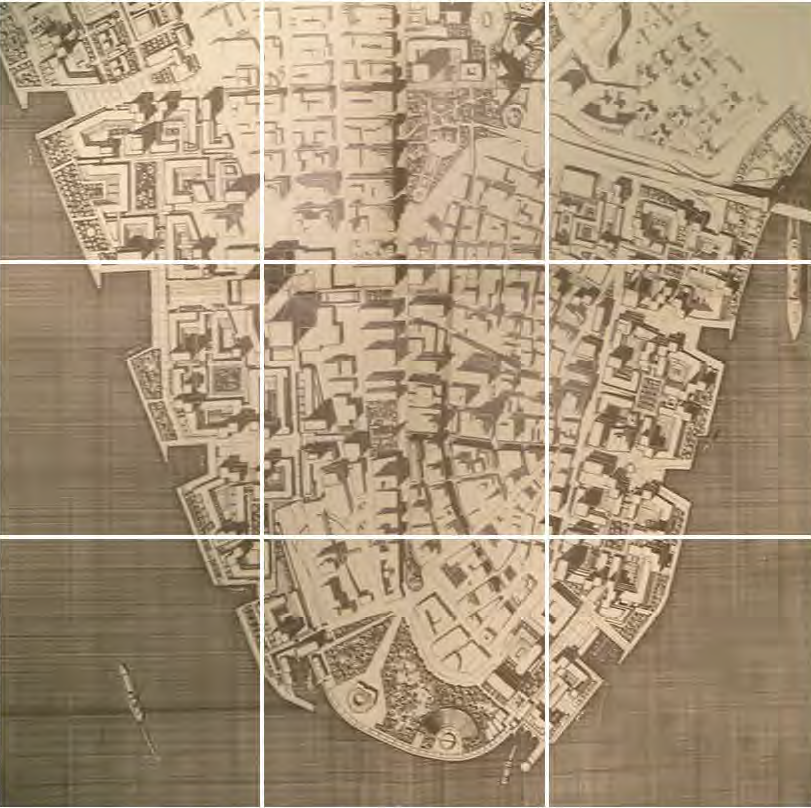|
CONCEPT
The Lower Manhattan Plan of 1966 was the granddaddy of two generations of innovative planning that have transformed the waterfront of this fabled core of New York City. It came at a decisive moment in its history—when the sudden demise of shipping activity on both rivers gave way to a new vision of a vast waterfront of residential and office communities linked by a ribbon of parkland. The failing financial center would be rejuvenated; and in concert with a series of bold private initiatives, a strong planning momentum was set in motion.
Three Firms
Commissioned by the City Planning Department, the 1966 Plan was produced by a consortium of three firms: Whittlesey, Conklin & Rossant; Wallace, McHarg, Roberts, Todd; and Alan M. Voorhees & Associates.
The challenge of this year-long study was to develop a waterfront plan that would be consistent with the street patterns, building forms, and urban dynamics of lower Manhattan.
PRINCIPALS: William Conklin, James Rossant, David Wallace, Thomas Todd, David Schoppert
PROJECT DIRECTOR: Paul Willen
FOR THE DCP: Jack Smith, Arthur Wrubel
|
|



